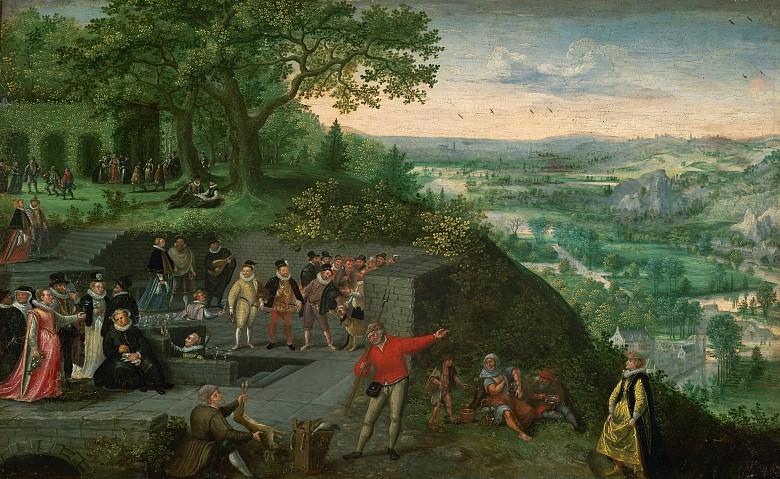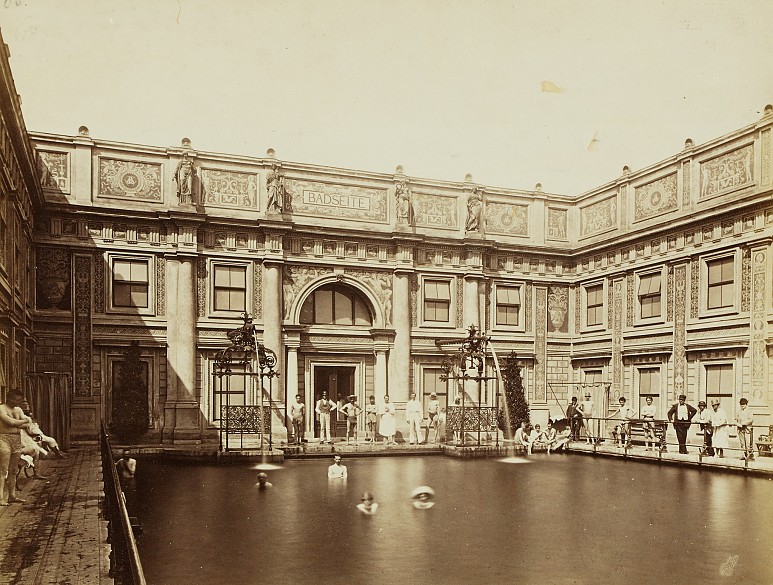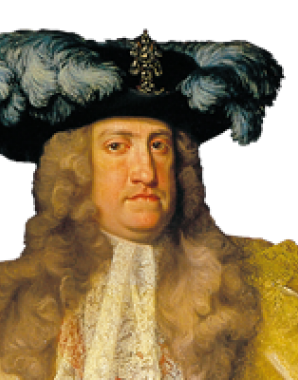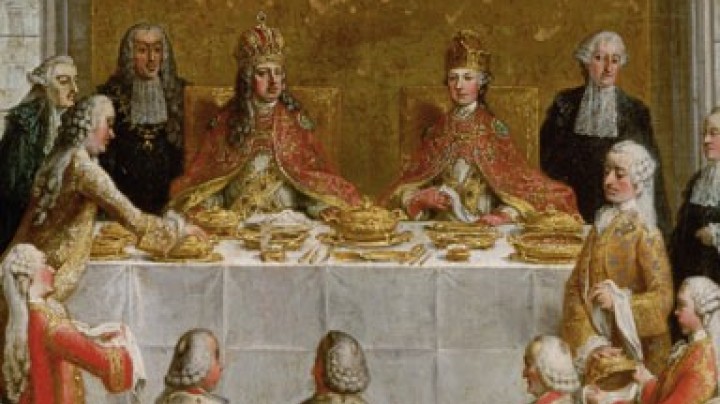‘Water taken in moderation is not harmful’
Johann Wolfgang Goethe, Maria Feodorovna, the widow of Tsar Alexander III, King Friedrich Wilhelm III of Prussia, Friedrich Schiller, Prince Clemens Wenzel Lothar von Metternich, the economist Karl Marx with his daughter Eleonor, Ludwig van Beethoven, Otto von Bismarck, Empress Elisabeth und Emperor Franz Joseph I – these were all among the famous visitors to the spa at Carlsbad.
From the Middle Ages onwards many Habsburgs had visited various warm-water springs for the treatment of their illnesses, particularly Gastein (in the modern province of Salzburg). A stay at a spa was believed to alleviate such complaints as metabolic disorders, diseases of the gastro-intestinal tract that were caused mostly by unbalanced diet during the winter months, and rheumatic disorders. Maria Theresa described thermal baths as ‘natural health pharmacies’.
From the medical point of view taking the waters and spending time at a spa became a central component of the balneological research which flourished during the eighteenth century.
Apart from the question of health, however, the entertainment of spa guests was also of primary importance. One place that was especially popular with the nobility and later also the bourgeoisie in the eighteenth century was Carlsbad in Bohemia, named after Charles IV (1316-1378). Luxury hotels, casinos, and a programme of social events in the immediate vicinity were intended to guarantee a sophisticated spa holiday. It was not without reason that Johann Wolfgang von Goethe described Carlsbad as the ‘chessboard of Europe’, where business agreements were as much part of the routine as love affairs. But this kind of social and indulgent spa holiday could only be afforded by a small sector of society, for the high spa charges favoured the elite. Accordingly, in the nineteenth century the aristocratic spa visitors became very heated about the increasing numbers of the middle classes they were forced to mix with. These early beginnings of spa tourism were ultimately also the result of improving transport infrastructure and the expanding rail network.















